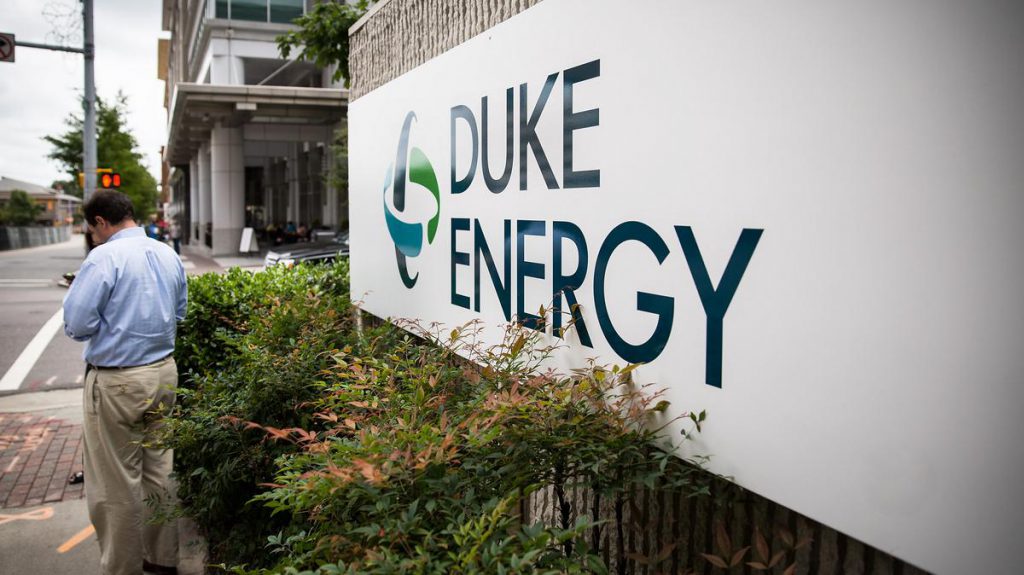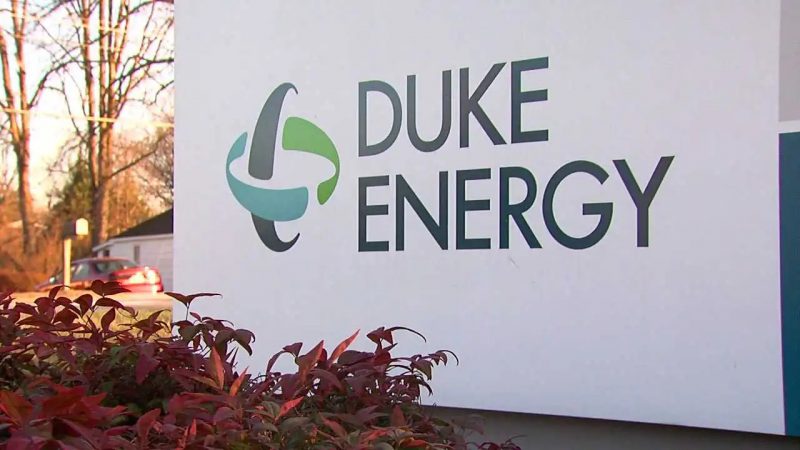The United States’ second largest electric power firm, Duke Energy, is reportedly exploring bitcoin mining. The firm is reportedly planning to integrate mining activities as a part of its demand response strategy.
The news was confirmed by Duke Energy’s Lead Rates and Regulatory Strategy Analyst Justin Orkney when he spoke on the Bitcoin, Energy, and the Environment podcast by Troy Cross on June 26. Justin Orkney stated that the firm is running an ongoing study into bitcoin mining. He addressed that the initiatives are a part of deciding how to get the miners to start working on the grid before the firm starts to deploy the mining feature to its customers.
Duke Energy will integrate several energy sources into its micro-grid
Orkney said on the podcast that the firm will integrate several energy sources into its micro-grid and test it with different levels of miners before they deploy the final report about the mining.
He stated the firm has a demand response report set in place and it is initially focusing on bitcoin. Orkney also confirmed that Duke Energy is already hosting a small-scale system for several bitcoin miners.


Importantly, a number of states in the United States are utilizing the concept of demand response to increase power supply and reduce outages. To improve and strengthen the electricity grid, the Texas Governor recently opened up the state to crypto miners via a demand response program.
Bitcoin mining has been facing quite some lashes for the excessive usage of energy, and electricity and its impact on the environment. Demand response programs are seen as a component of the answer to prevent stress on the current electricity system. With the rise in crypto adoption, governments have begun to realize its importance. The countries are also trying to embed friendlier regulations and alternatives to support the industry as well as reduce its negative impacts.





